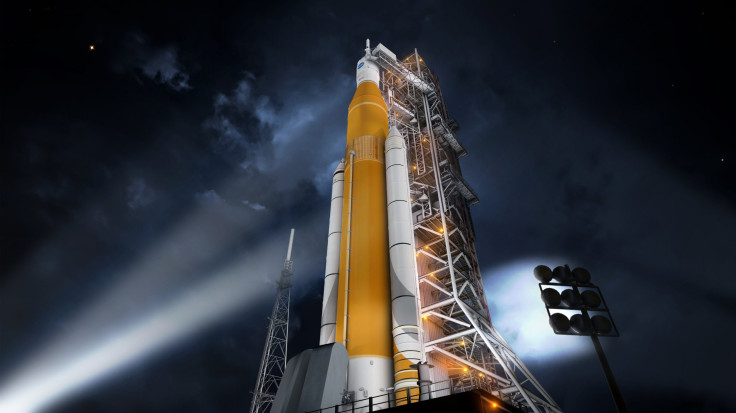NASA Budget 2017: Proposed $19B To Support Mission To Mars, Journey To Europa And More

President Barack Obama proposed a $19 billion budget for fiscal year 2017 for NASA Tuesday. The funding is down slightly from the enacted 2016 budget of $19.3 billion, but higher than the proposed $18.5 billion budget for fiscal year 2016.
The bulk of the budget went to science ($5.6 billion) and human exploration operations ($8.4 billion) to support earth science missions, a mission to Jupiter’s moon Europa, the Mars 2020 rover, the James Webb Telescope, the International Space Station and the space agency’s mission to Mars.
“The President’s Budget keeps us on a strong and strategic course of achievable goals that will enable us to maximize what we have learned in low Earth orbit as we move toward increasingly challenging missions in cis-lunar space and eventually to Mars where explorers will be virtually independent of Earth,” Charles Bolden, NASA administrator, wrote in NASA’s executive summary.
In the $5.6 billion budget for science, $2 billion was proposed for earth science missions and, in particular, the next Landsat satellite. The $1.5 billion planetary science budget was split between research, technology, the Mars 2020 rover, the next New Frontiers program mission, development of a mission to Europa and continued support for current missions. The New Frontiers program prioritizes missions based on a decadal survey from the scientific community. The New Horizons mission to Pluto, the Juno mission to Jupiter and the asteroid sampling OSIRIS-REx started out as New Frontiers program missions. The first phase of the Asteroid Redirect mission received $66.7 million.
Exploration and space operations are separate budget items. Exploration includes continued support of the Orion crew capsule and Space Launch System development. Orion had a proposed budget of $1.1 billion while the SLS budget was slashed from $2 billion in fiscal year 2016 to $1.3 billion. Space Operations includes $1.4 billion support for the International Space Station, $1.1 billion of that for operations and maintenance. Space transportation, covering the commercial crew and cargo programs, received a $2.8 billion budget.
While the proposed $19 billion looks like a step back, the Planetary Society notes this is NASA’s highest budget under Obama. The proposed planetary science budget, while lower than the enacted budget, is also a positive sign. The proposed bill will have to be approved by Congress, which could mean further increases or cuts in different sections of NASA’s budget.
© Copyright IBTimes 2024. All rights reserved.






















